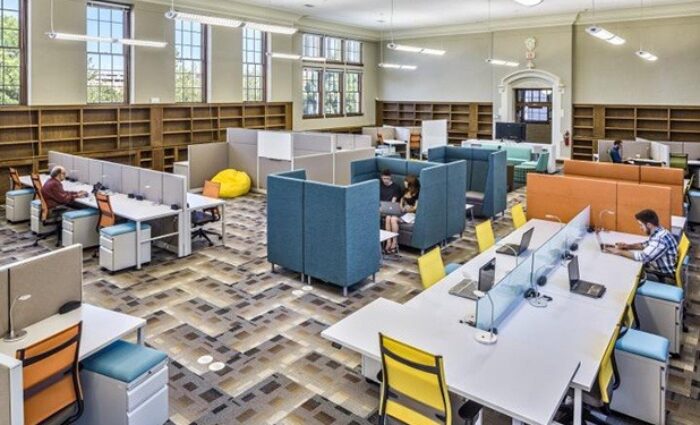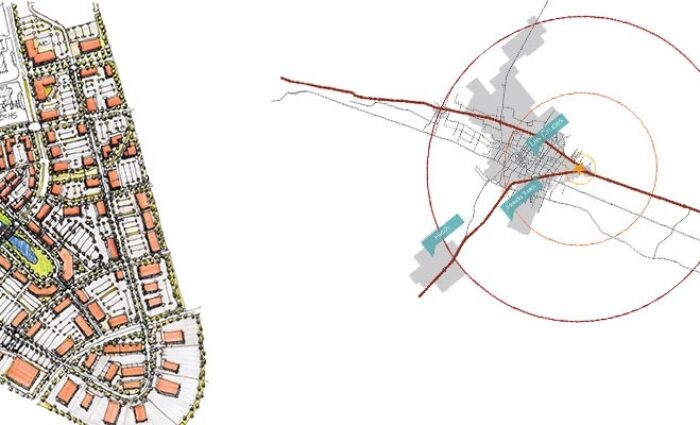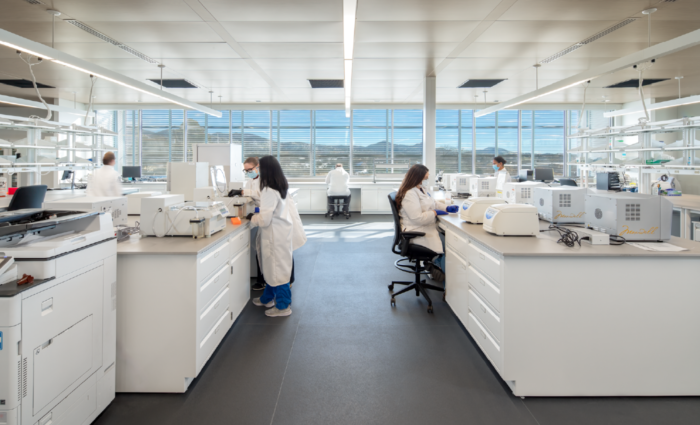Measuring Energy Efficiency with Building Performance Analysis
Dekker has embraced the Architecture 2030 challenge to achieve carbon neutrality in all new buildings by the year 2030. Building performance analysis helps us achieve this goal by measuring the energy efficiency of a building.
Read on to learn more about why building performance analysis is important even in projects that aren’t prioritizing sustainability, how we measure energy efficiency in buildings, and how easily we can incorporate building performance analysis into any project.
The impact of building performance analysis
Conducting a building performance analysis is a quick and easy way to identify the “low hanging fruit” of sustainable design – low-cost but high impact design changes that improve sustainability.
Building performance analysis can be completed in the very early stages of a design and adds little cost or time to a project scope. Improving energy efficiency increases property value for the client and decreases building maintenance and utility expenses over time.
A building performance analysis allows designers to make impactful, data-driven decisions to enhance many aspects of a design. These improvements impact the “triple bottom line” of projects: People, planet, and profit.
How improving sustainability effects the triple bottom line:
- People: Sustainable design provides comfortable, adaptable spaces that improve productivity and tenant satisfaction.
- Planet: The ultimate goal is to lower a building’s carbon footprint, make efficient use of finite resources, and build buildings for climate resilience.
- Profit: Sustainable designs can lower maintenance costs, contributing to long term savings and increased property value.
Conducting a building performance analysis early can help identify issues with the energy efficiency of a project before becoming too invested a design, as well as identify opportunities for electrified energy production to be incorporated into the design.
How we measure the energy efficiency of a building
When measuring the energy efficiency of a building, the main factors that we consider are daylight access, sun exposure, and wind conditions.
Spatial Daylight Autonomy (sDA) and Annual Sunlight Exposure (ASE)
In the very early stages of the design process, we conduct a quick sun exposure analysis. This can help identify potential issues with daylight access and sun exposure in the design early on, before it becomes a costly fix.
We measure Spacial Daylight Autonomy (sDA) to identify usable daylight, and Annual Sunlight Exposure (ASE) to identify glare that can impede comfort and increase interior temperatures. Our goal is to find the perfect balance between the two metrics so there is plenty of usable daylight, but not an excess of glare.
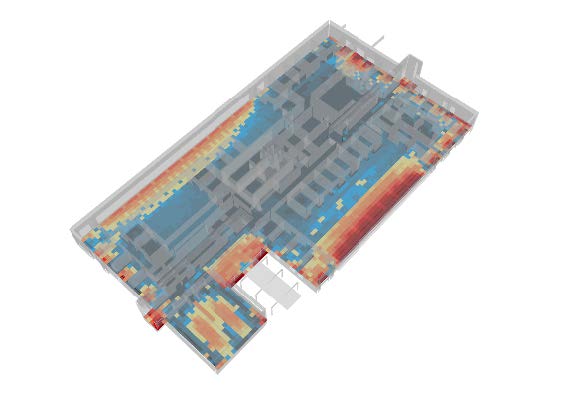
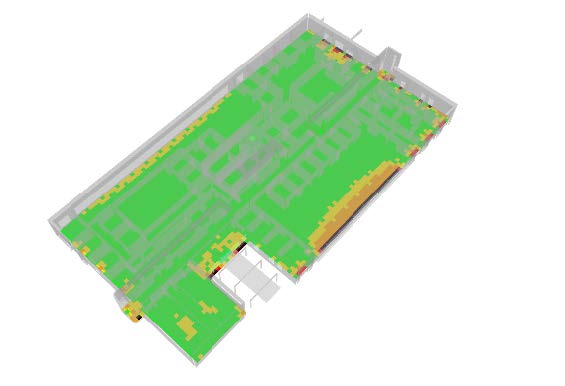
Energy Use Intensity (EUI)
As the design progresses, we use cove.tool to provide an energy use breakdown. Cove.tool uses the industry standard metric called Energy Use Intensity (EUI) that we can use to track the project’s energy efficiency throughout the design process.
Renewable Energy Feasibility
Once we have an idea of the EUI of a building, we can assess how feasible and impactful for a project it would be to consider photovoltaic strategies, like rooftop solar panels. In as little as half an hour, we can provide multiple options for solar panel installation. This low-investment analysis can hugely impact a project, with some clients deciding to invest in solar energy because of the attractive ROI, even if solar energy hadn’t previously been a priority.
Wind Pattern Analysis
In addition to conducting an analysis of the energy efficiency of the building envelope and interior, we also consider how wind patterns can affect a proposed landscape design. This analysis flags any prevailing winds that could create a potential comfort or safety issues. Understanding these patterns can help optimize building orientation and design outdoor spaces that are more fun and safer to use, regardless of the weather.

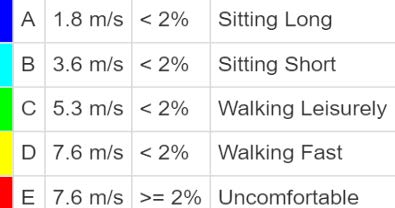
Building Lifecycle Analysis
As the design team considers building materials, we can conduct an analysis of a building’s whole lifecycle. This tracks the environmental cost of the proposed materials from manufacturing to end of life. With more and more green building initiatives tracking embodied carbon, this analysis is becoming more important.
Our dedicated sustainability team is constantly assessing all available tools for building performance analysis. We use cutting-edge technology to provide insightful data that informs sustainable design principles for every project.
Quality Views Analysis
Access to views of natural outdoor environments is a part of good biophilic design. Providing access to quality views can improve mood and tenant comfort.
We can measure how much access to quality views every part of a building has, and quickly optimize a design to maximize access to views in critical areas of the design.
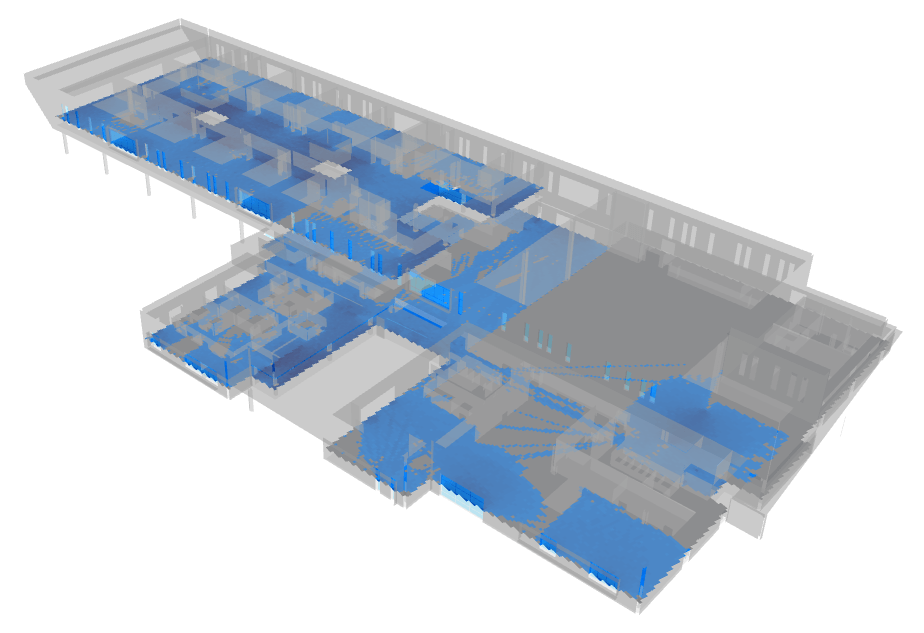
Case Study: New Mexico Educational Retirement Board (NMERB) Office Design
We conducted a full building performance analysis for the new New Mexico Educational Retirement Board office space. After determining the EUI of the proposed design, our team was able to provide a full solar photovoltaic study in just a few hours. Even though the client hadn't previously considered solar panels, after seeing the data they were convinced that investing in solar panels would yield them the best return on investment. Our design now includes renewable energy production well in excess of energy use. NMERB will not only be substantially lowering their carbon emissions, they'll also be able to "sell back" excess energy.
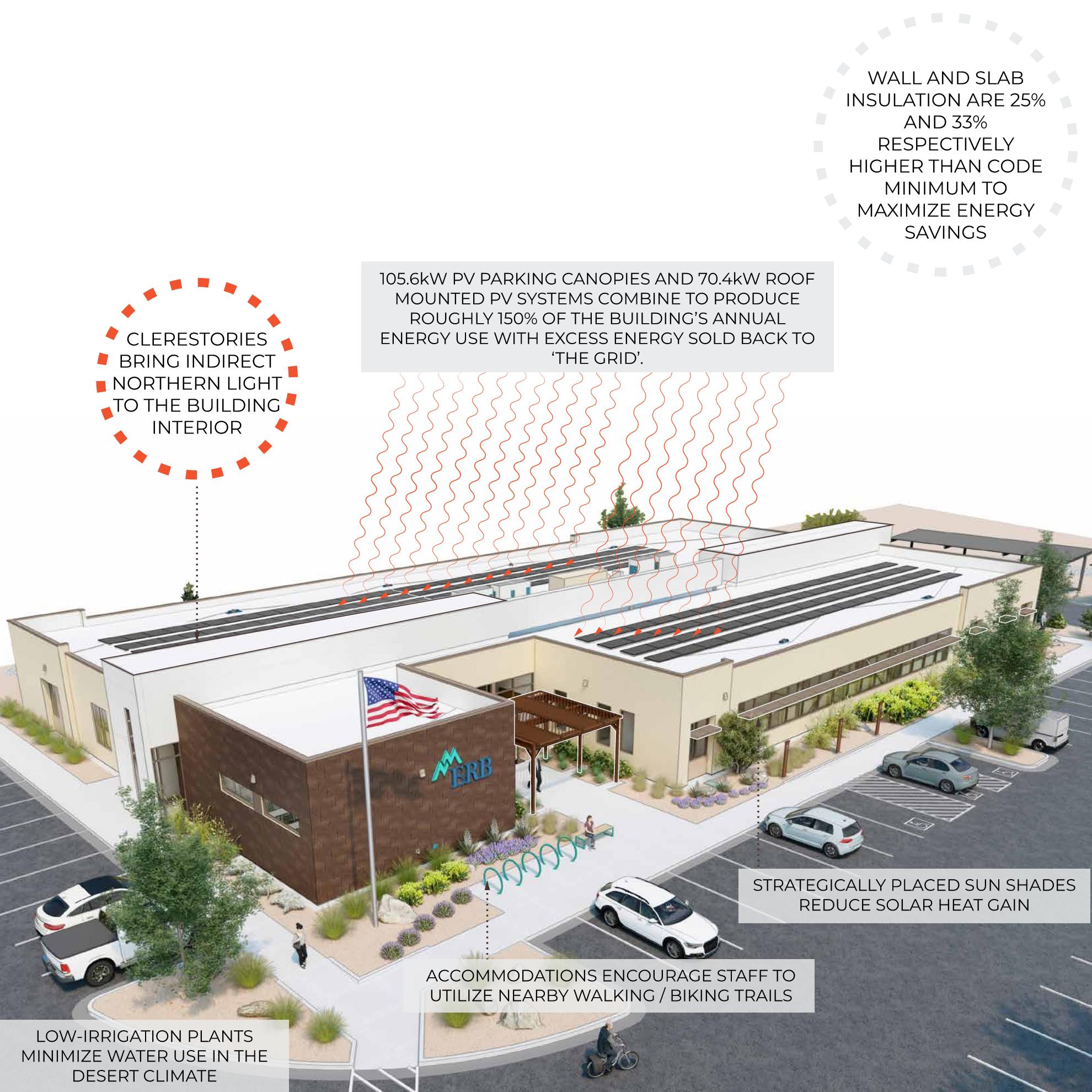
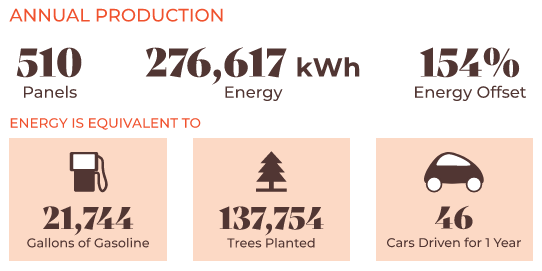
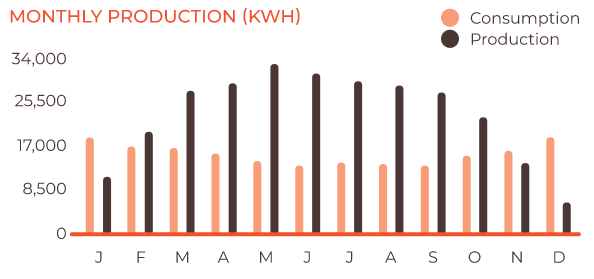
Building performance analysis: A seamless and integrated part of the design
At Dekker, we believe that sustainability should be an integral part of every single design. We use building performance analysis to find sustainable design solutions that are easy to implement and have a high impact on a building’s energy efficiency.
Building performance analysis can take no more than a few hours, but by identifying opportunities for energy efficiency and avoiding issues in the design early on, our team can save dozens of hours on future design iterations.
Read our minds.
Sign up for our email.
Related Content

Design a career path with more bridges.
Looking to break down the walls of the status quo?

